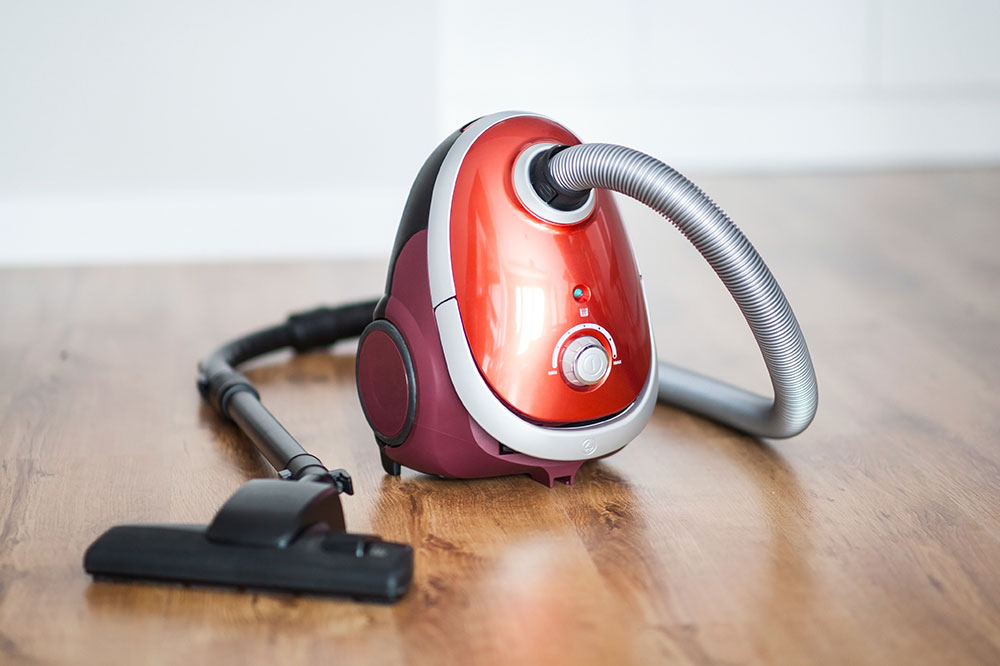Mistakes to avoid while using a vacuum cleaner

Many people use vacuum cleaners but still can’t figure out how to use the appliance properly. If you don’t use a vacuum cleaner the right way, you’ll never get the desired results, plus you’ll end up damaging the machine. Regardless of the type of vacuum cleaner you own, there are certain mistakes you must avoid while using it to improve its efficiency and longevity. Read on to know what these mistakes are.
Emptying the dust bag only when overfilled
Although inconvenient, it’s necessary to empty the dust bag well before it’s full or after each use. If you operate a vacuum cleaner while its dust bag or container is full, performance drops drastically. It doesn’t pick up dust and dirt as effectively as it can. Moreover, a full dust bag can restrict airflow within the appliance, increasing the risk of overheating and damage. Don’t want to empty the dust bag frequently? Consider buying a vacuum cleaner with a bigger dust bag.
Assuming it’s broken
If your vacuum cleaner stops working suddenly, that doesn’t necessarily mean it’s broken. Vacuum cleaners often lose suction when the dust bag is full, or the hose is clogged. Also, many models today come with a feature that makes the appliance shut off automatically when the motor becomes too hot. This is to prevent further appliance damage and hazardous incidents. Empty the dust bag and clean the filter, hose, and brush roll to restart successfully.
Vacuuming everything
It can be hard to resist the urge to vacuum just about anything and everything when in a hurry. This is one of the costliest mistakes vacuum owners make! Most vacuum cleaners are designed to pick up everyday dust and dirt. Running them over small, hard objects, such as a penny or screw, can seriously damage or even break the appliance. You must also avoid trying to suck up water or other liquids, as it ruins the motor and can cause an electric shock.
Using baking soda to pre-clean or deodorize
Many homeowners use baking soda to remove resilient stains and get rid of odors from carpets and upholstery. While that may be effective, it’s not advisable to run vacuum cleaners over surfaces rubbed with this chemical compound. The tiny baking soda particles can clog the filter over time, making the machine work harder and decreasing its longevity.
Operating with the wrong attachments
Not getting the desired vacuuming results? Maybe you’re using the wrong attachment or not using one when required. Most vacuum cleaners come with dusting brushes, crevice tools, and sundry attachments to clean hard-to-reach areas, such as ceilings or under the furniture. These attachments also eliminate dust and allergens from spots homeowners overlook, such as light fixtures, baseboards, lampshades, and furniture upholstery.



